Uncategorized
-
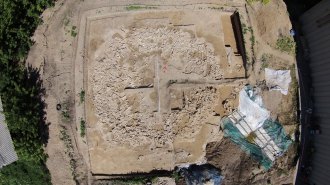 Archaeology
ArchaeologyThis is one of the largest Ice Age structures made of mammoth bones
A massive ring of mammoth bones, built by hunter-gatherers during the Ice Age, offers a peek at life 25,000 years ago.
By Bruce Bower -
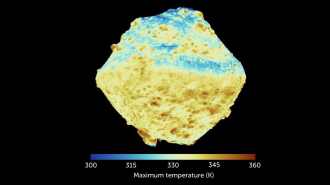 Planetary Science
Planetary ScienceThe asteroid Ryugu has a texture like freeze-dried coffee
Only about half of the asteroid Ryugu is rock; the rest is airy holes, a finding that could help reveal details of how the planets formed.
-
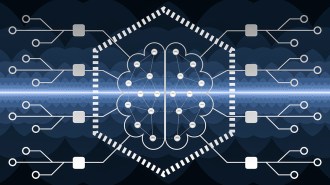 Artificial Intelligence
Artificial IntelligenceAn AI that mimics how mammals smell recognizes scents better than other AI
An artificial intelligence modeled after the neural circuitry in mammalian brains can keep learning new aromas without forgetting others.
-
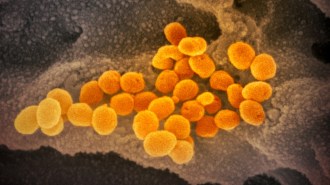 Health & Medicine
Health & MedicineCoronavirus is most contagious before and during the first week of symptoms
As major efforts to contain the COVID-19 pandemic go into effect around the globe, researchers are figuring out just when patients are most contagious.
-
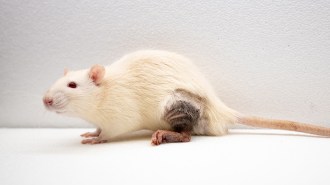 Health & Medicine
Health & MedicineA trick from cancer cells helps rats accept transplanted limbs
Rats that received microparticles that release a chemical signal to recruit immune cells tolerated hind limb transplants for more than 200 days.
-
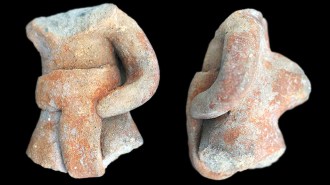 Archaeology
ArchaeologyAn ancient ball court sheds light on a game made famous by the Aztecs
A 3,400-year-old ball court in the southern mountains of Mexico suggests many societies contributed to the development of an ancient, well-known Mesoamerican ball game.
By Bruce Bower -
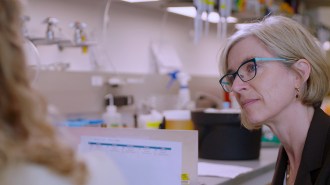 Genetics
Genetics‘Human Nature’ offers CRISPR novices a basic introduction
A film that introduces people to CRISPR aims to spark debate about how to use the gene editor.
-
 Health & Medicine
Health & MedicineSocial distancing, not travel bans, is crucial to limiting coronavirus’ spread
Everything from waving hello instead of shaking hands to cancelling large gatherings of people will help slow the spread of COVID-19.
By Jonathan Lambert and Tina Hesman Saey -
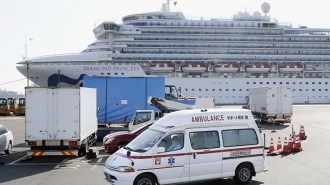 Health & Medicine
Health & MedicineCruise ship outbreak helps pin down how deadly the new coronavirus is
Infections and deaths on the Diamond Princess suggest that, in the real world, 0.5 percent of COVID-19 infections in China end in death.
-
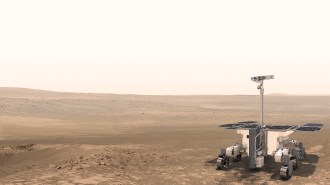 Planetary Science
Planetary ScienceCoronavirus and technical issues delay a Mars mission’s launch
The joint European-Russian ExoMars rover’s launch was postponed from July to 2022 so technicians could resolve issues with the landing equipment.
-
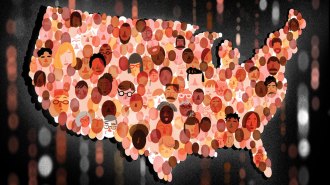 Science & Society
Science & SocietyHow the U.S. census has measured race over 230 years
As the U.S. census gets under way, a review of historical data shows the difficulties in measuring race
-
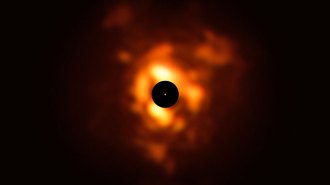 Astronomy
AstronomyThe star Betelgeuse might just be dusty, not about to explode
A new study suggests that dust recently expelled by Betelgeuse is why the star dimmed suddenly in late 2019 before brightening again.